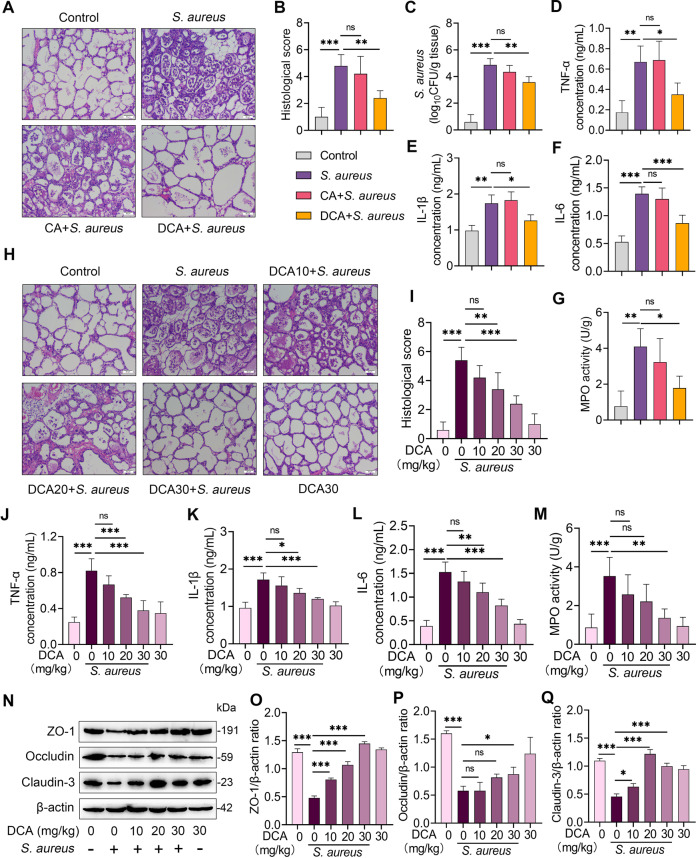Fig. 2. DCA but not CA alleviates S. aureus-induced mastitis in mice.
Mice were pretreated with 30 mg/kg of CA or DCA for 2 h intraperitoneally followed by S. aureus-induced mastitis. Twenty-four hours after S. aureus infection, the mammary tissues were collected for determination. A Representative H&E-stained sections of the mammary gland from the indicated groups (scale bar, 50 μm). B Histological score for the mammary gland based on H&E-stained sections (n = 6). C Mammary S. aureus load (n = 6). Inflammatory parameters of the mammary gland from different groups, including TNF-α (D), IL-1β (E), and IL-6 (F) concentrations and MPO activity (G), were performed (n = 6). H–Q Mice were pretreated with different dose of DCA (10, 20, and 30 mg/kg) for 2 h intraperitoneally and then stimulated with S. aureus for next 24 h. H Representative mammary H&E-stained sections from the indicated mice (scale bar, 50 μm). I Histological score of the mammary gland from different treatment groups (n = 6). The inflammatory parameters of the mammary gland from different treatment groups, TNF-α (J), IL-1β (K), and IL-6 (L) concentrations and MPO activity (M), were measured (n = 6). N Represented images of ZO-1, Occludin, and Claudin-3 in the mammary glands from the indicated mice. The intensities of ZO-1, Occludin, and Claudin-3 were determined (O–Q). Data are expressed as the means ± SD (B-G, I–M, and O–Q) and one-way ANOVA was performed, followed by Tukey’s test (B–G, I-M, and O–Q). *p < 0.05, **p < 0.01, ***p < 0.001 indicate significance. ns no significance.

